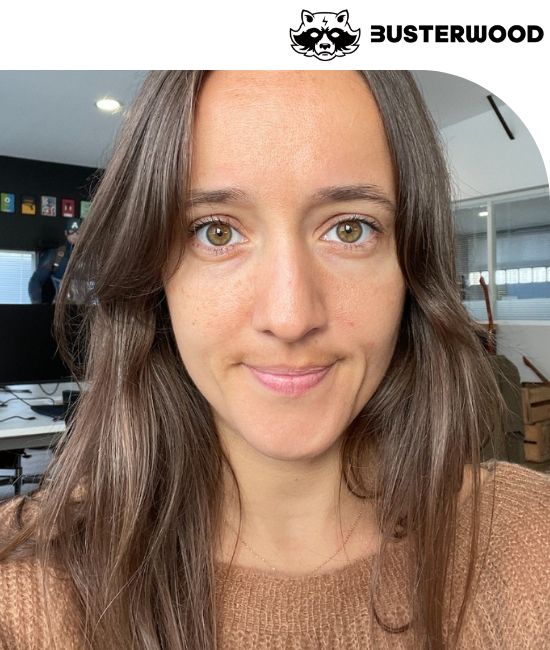10:05 - 10:30
Description
WebXR offers advantages over native. What if we could just put a native Meta Quest 2 game on the web and gain those advantages? It would not perform well--or would it? Come visit our talk to answer all these questions and many more. WebXR is ready. We will show you.
Speakers


10:35 - 11:00
Description
Easy to build, fun to use: join the session to get to know Dual Render Fusion – the latest feature of Snapdragon Spaces™ XR Developer platform. Created for mobile and XR developers, the feature makes it easier than ever to build and port existing mobile apps into headworn AR.
Speakers

11:05 - 11:30
Description
From her background as a product designer, Tamiko Thiel brings a focus on user experience, bodily engagement, spatiality and social content into her VR artworks (since 1994) and AR artworks (since 2010). In this brief overview of a diverse cross section of her works, she will talk about the key considerations that drove her explorations of the unique possibilities of XR, and the aesthetic and experiential development of her artworks.
Speakers

13:00 - 13:25
Description
The Open Geospatial Consortium (OGC) is an international Standards Development Organization focusing on development of community and consensus-based standards for geospatial data and services since 1994. Over decades, the OGC members and community have been developing standards to describe the many dimensions of the “real world” on Earth (and in space). Since 2012, many OGC standards working groups have focused on Augmented Reality use cases. In this session, we will introduce the specifications produced by two OGC working groups that will enable developers to reduce their engineering effort and increase interoperability of location-based AR experiences. The speakers will present projects developed using the GeoPose implementation standard and the draft Points of Interest data model.
Speakers



13:30 - 13:55
Description
How AI powered tools making design accessible for freelancers and small studios? During this session we gonna discuss the implications of democratizing design through AI, the state we are currently in (case study) and the opportunities it presents for the next generation of creators. AI is here to help the workflow but also challenge traditional conceptions of design and creativity. Timelines gets shorter and shorter but exceptions from AR greater and greater.
Speakers


14:00 - 14:45
Description
Join us for this very special panel featuring top EU creators in XR building AR apps and filters for the world to enjoy. Find out more about their latest projects in a lightning round where they'll each be given only 5 minutes to present in an extended "elevator pitch" sort of format.
Speakers




15:05 - 15:30
Description
You have an important subject-matter and a great idea for the visualisation, but how do you draw people in so that they engage with your world changing XR experience?
How do you go beyond spatial computing hype and truly design XR experiences that make their mark on the users and their surroundings in a lasting and positive way?
When creating engaging experiences that have a real world impact, the main focus should be on how to make it relatable, accessible and engaging.
Discover what to think about when designing XR experiences using the “five-finger method,” going from motivation through action and reaction to interaction and finally leaving your audience with a reflection that they bring with them after the experience has ended.
Additionally, what role does webXR play in this and how important is it for true accessibility and inclusivity, leading to empowerment?
Speakers
15:35 - 16:00
Description
Unity is a game engine. But it's increasingly being used for scenarios that are more enterprise-y: line-of-business applications, AR/VR systems with server connections. For these areas, Unity's performance-centric architecture is less than ideal.
This talk introduces a real-world tested approach to designing Unity applications in a way that supports clean separation of presentation and logic, support for unit testing (even outside the Unity editor), built on the UniRX framework and my open source MVPToolkit for Unity.
Speakers

16:05 - 17:00
Description
Join this diverse group of experts who will debate the various facets of building a future where humans and machines collaborate seamlessly, and XR is the de-facto standards policy for realizing insight for manufacturing, social XR, design, engineering, training, and more.
New processes and methods of communication are being enhanced or formed around a sensational array of technologies. From generative AI systems such as Stable Diffusion (Image Generator) and ChatGPT (Large Language Model) to XR innovations with high visual quality headsets and the efficiencies of cloud computing for rendering, we are experiencing a tsunami of tools that hold the possibility to leapfrog current capabilities.
The discussions will revolve around this fundamental question: how might we create a system using the best of AI and XR to solve current challenges in the industry, given current limitations?
Speakers





17:05 - 18:00
Description
Join European creatives, Busterwood and FlatPixel and the Snap AR team to learn how they create imaginative and impactful AR experiences for a global audience. Get a behind-the-scenes look at AR activations that reimagine art and history at the Louvre, and create productivity apps for Spectacles. Donatien Bozon, director of Snap’s AR Studio in Paris, Oscar Falmer, Snap AR Developer Relations lead in Europe, and several European-based AR developers will share their first-hand experience and give you valuable insights that will advance your skills, help build your business, and inspire a new generation of mobile AR.
Speakers



